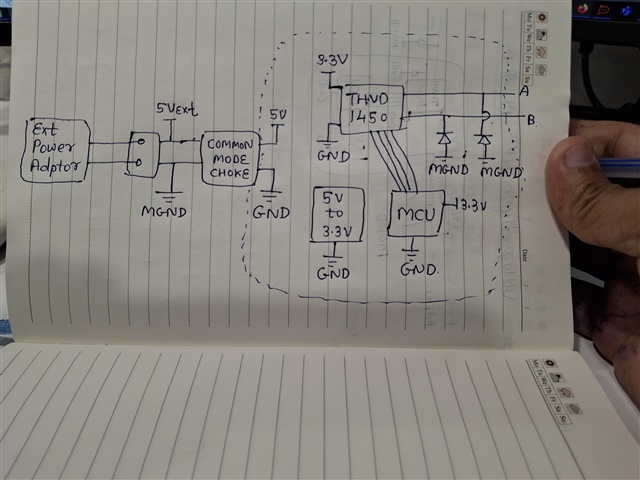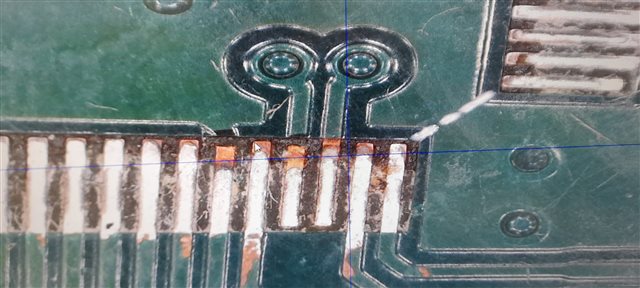Tool/software:
Hi,
I am facing some strange issue.
i am attaching some block diagram of my circuit.


on field, in some PCBs, RX,TX logic lines trace near MCU (pic32) is cut or open or may be burnt ( i am not sure whether it is burnt or not). but it is open for sure. The location is same . it is at mcu pin side always.
but there is no any kind of damage to THVD1450, MCU, TVS diode. even Rx,TX is also working well from MCU. there is no any component damage.
I have applied MGND rather then GND to TVS diode so that surge can pass out from PCB quickly. I have do this because there is common mode choke in return path. so, it may resist the surge.
I am not able to find the cause who has damaged these traces. I have communicated this scenario to Open AI (chatGPT). kindly find below the link for whole communication study.
https://chatgpt.com/share/6877ad4f-94ec-8004-841c-85f4c996fe58
it has explained me that i did the wrong to give MGND to TVS diode & it is the main cause for the trace damage. It also explained me the whole logic behind it. but i am not satisfied with its explanation.
I mean how surge current flow to opposite direction from MGND to GND back (& then to pins,or trace to ICs pin), instead of going to MGND to external adptor directly. Did i make mistake to give MGND to TVS diode instead of GND?
Regards,
jigar



